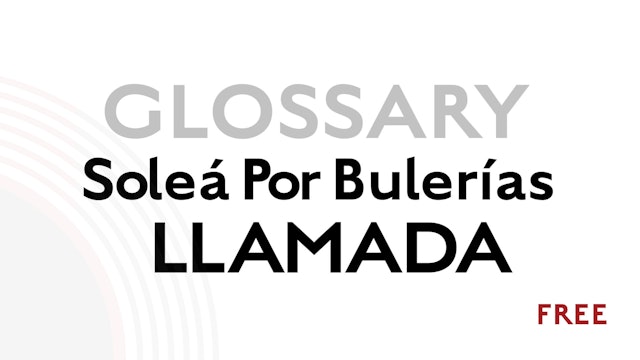-
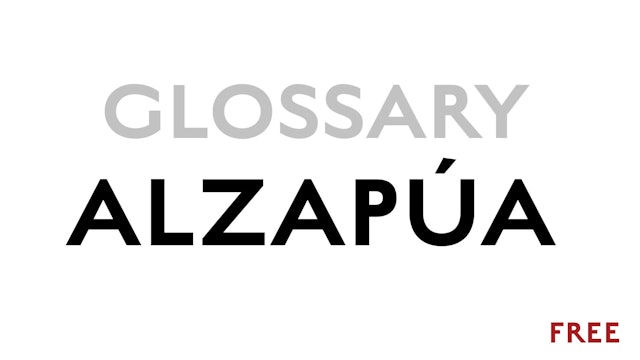 00:24Episode 1
00:24Episode 1Alzapua - Glossary Term
Episode 1
A technique unique to flamenco in which the thumb is used like a guitar pick to alternately strum and play single notes, usually with melodies in the bass.
-
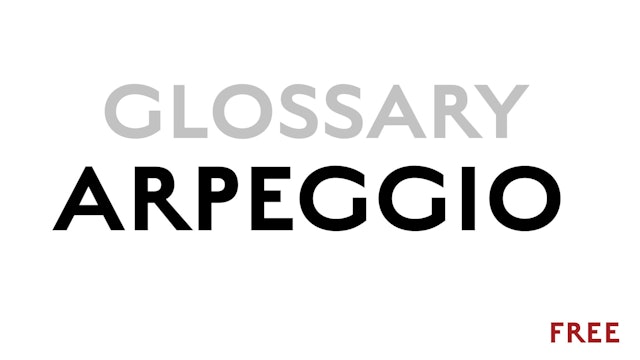 00:34Episode 2
00:34Episode 2Arpeggio - Glossary Term
Episode 2
Arpeggio is one of the central guitar techniques in flamenco
-
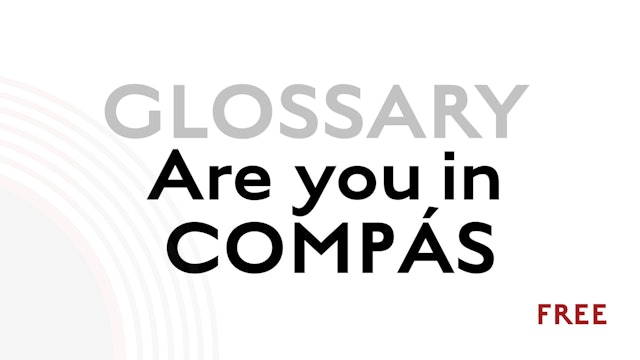 00:51Episode 3
00:51Episode 3Compas - Are you In it? - Glossary Term
Episode 3
Stay in compás! What it means to be in or out of compás.
-
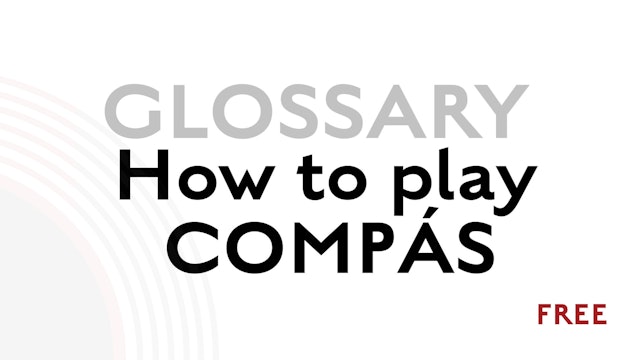 00:35Episode 4
00:35Episode 4Compás - Playing it - Glossary Term
Episode 4
Compás as a measure or cycle in flamenco.
-
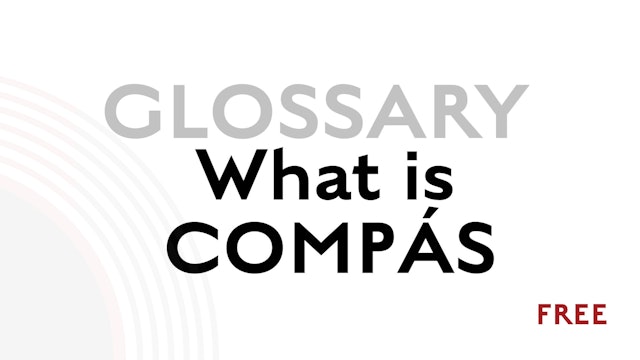 00:43Episode 5
00:43Episode 5Compas - What is it? - Glossary Term
Episode 5
Playing Compás as opposed to playing falsetas - one of the many meanings of Compás.
-
 00:37Episode 6
00:37Episode 6Golpe - Glossary Term
Episode 6
There are a few different kinds of Golpe, which are ways to strike the guitar with your nail or your hand for a percussive effect.
-
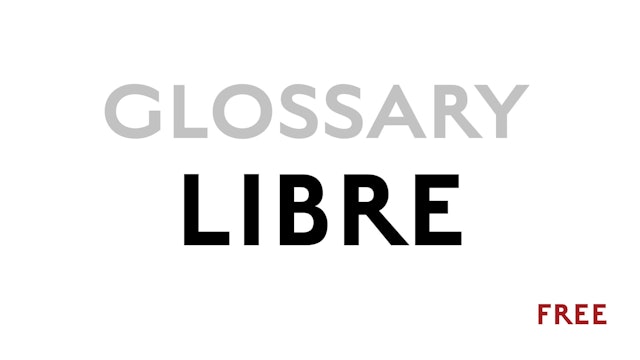 00:32Episode 7
00:32Episode 7Libre - Glossary Term
Episode 7
When there is no rhythm in flamenco we call this Libre. Most all of the Libre Cante comes from the Fandango family and includes the Fandango, Taranta, Granaina, Malagueña and more.
-
Llamada for Solea Por Bulerias - Glossary Term
Episode 8
Introduction to the Llamada in Solea Por Buleria.
-
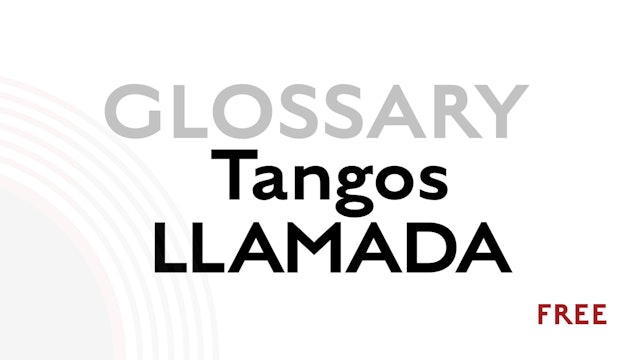 00:25Episode 9
00:25Episode 9Llamada for Tangos - Glossary Term
Episode 9
Introduction to the Llamada in Tangos.
-
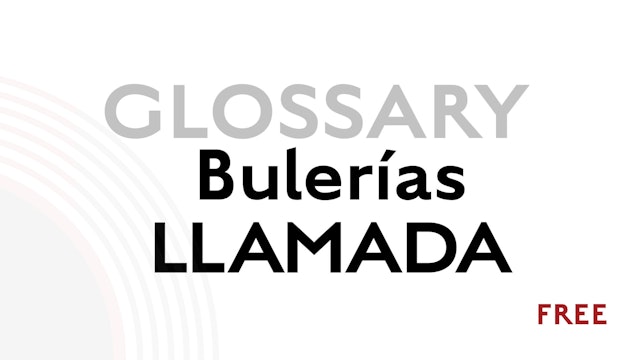 00:16Episode 10
00:16Episode 10Llamada for Buleria - Glossary Term
Episode 10
Introduction to the Llamada in Bulerias.
-
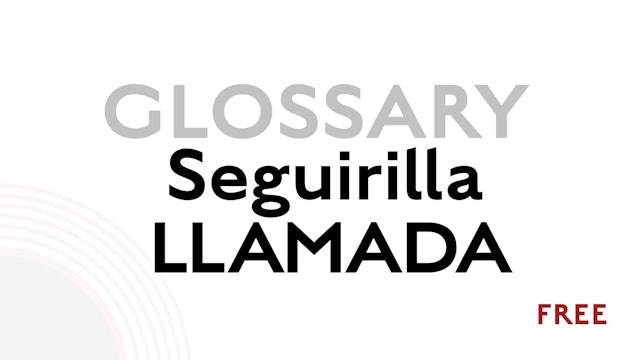 00:10Episode 11
00:10Episode 11Llamada for Seguirilla - Glossary Term
Episode 11
Introduction to the Llamada in Seguirilla.
-
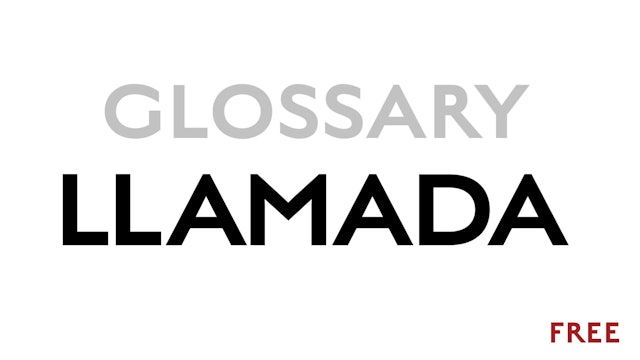 00:28Episode 12
00:28Episode 12Llamada - Glossary Term
Episode 12
What is a Llamada? This is one of the trickier terms in flamenco, but you'll start to recognize them once you know what to look for.
-
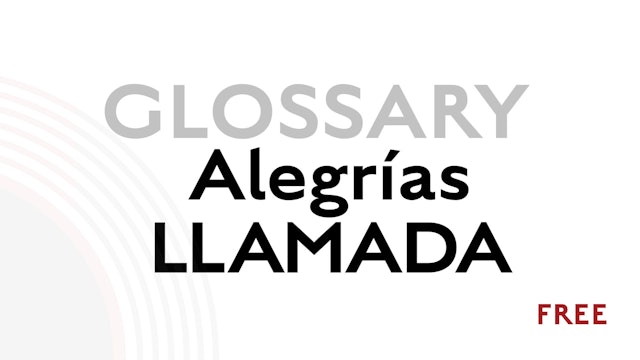 00:09Episode 13
00:09Episode 13Llamada for Alegrias - Glossary Term
Episode 13
Introduction to the Llamada in Alegrias.
-
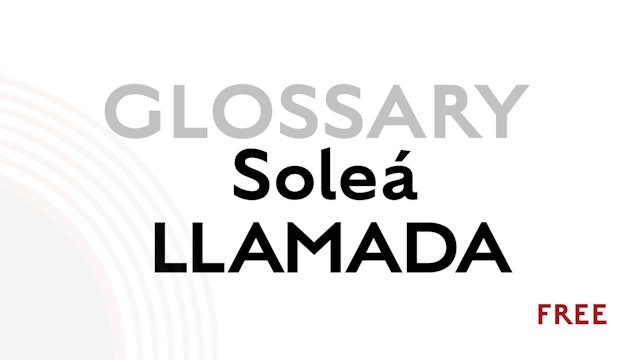 00:24Episode 14
00:24Episode 14Llamada for Solea - Glossary Term
Episode 14
Introduction to the Llamada in Soleá.
-
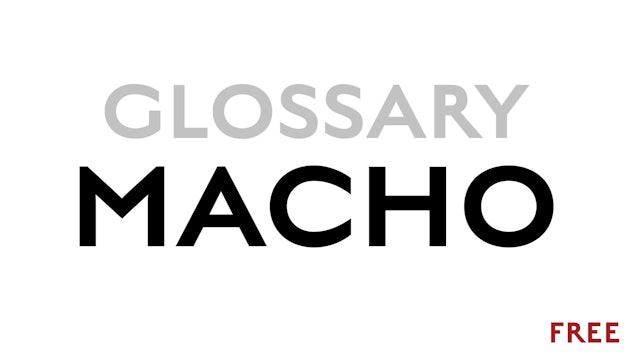 00:51Episode 15
00:51Episode 15Macho - Glossary Term
Episode 15
When a piece/song/dance changes key or tempo at the end we call the the Macho. For example, the Tangos are the macho of Tientos and the Rumba is the Macho of Tangos.
-
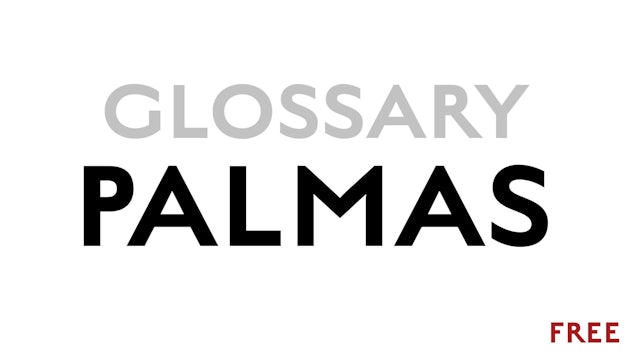 00:32Episode 16
00:32Episode 16Palmas - Glossary Term
Episode 16
Palmas are the handclaps that serve as the rhythmic backbone of flamenco. You'll want to practice your palmas as much as possible!
-
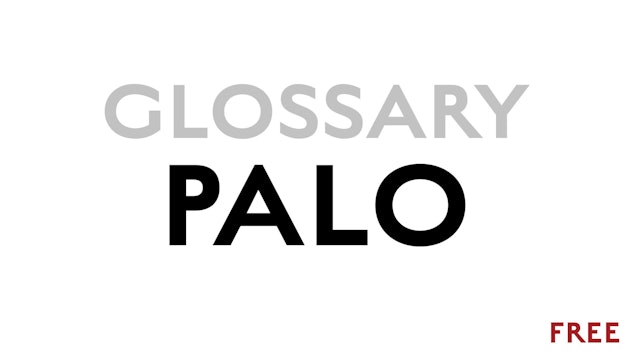 00:18Episode 17
00:18Episode 17Palo - Glossary Term
Episode 17
Palos are the styles or forms in flamenco, such as Soleá, Buleria or Fandango.
-
 00:18Episode 18
00:18Episode 18A Palo Seco - Glossary Term
Episode 18
A way of playing the guitar percussively with the strings muted.
-
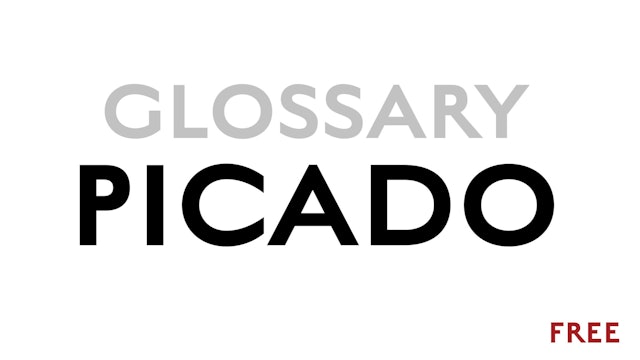 00:17Episode 19
00:17Episode 19Picado - Glossary Term
Episode 19
Picado is the flamenco technique for playing scales.
-
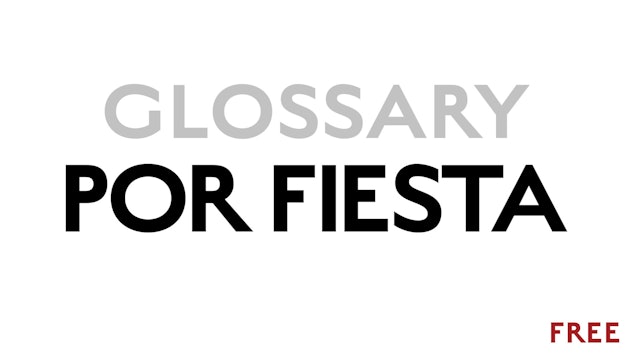 00:33Episode 20
00:33Episode 20Por Fiesta - Glossary Term
Episode 20
Either a style of dancing or simply playing Por Medio on the guitar.
-
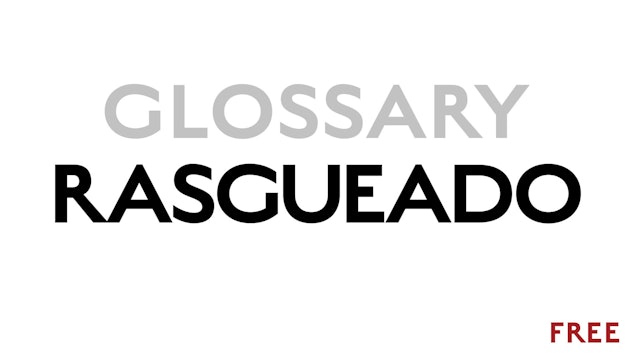 00:27Episode 21
00:27Episode 21Rasgueado - Glossary Term
Episode 21
Flamenco strumming - any time you use the back of the nails of your fingers (not the thumb) to play a note.
Flick out each finger as if you are flicking a bug off your knee. We are trying for individual, percussive, and rhythmic strokes with each finger, rather than just unfurling your finger...
-
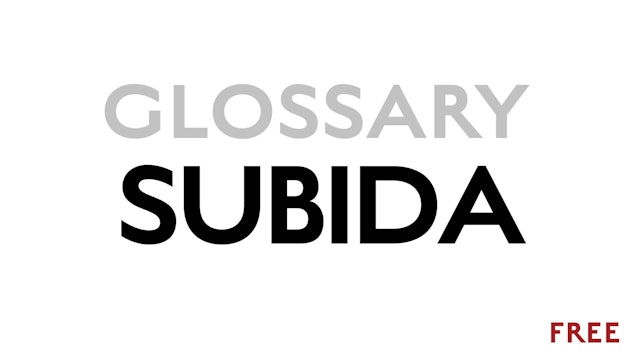 00:32Episode 22
00:32Episode 22Subida - Glossary Term
Episode 22
Literally a "lift', a subida is a quickening of tempo, which can be gradual or sudden.
-
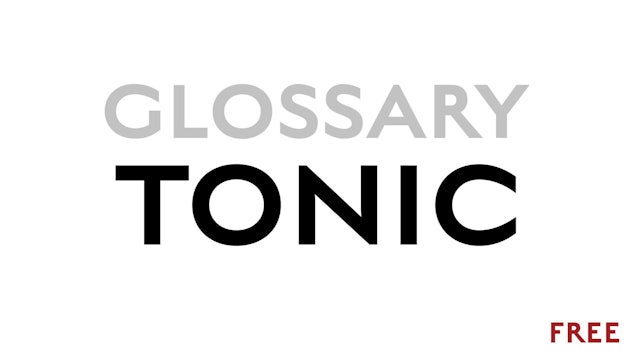 00:42Episode 23
00:42Episode 23Tonic - Glossary Term
Episode 23
The tonic is the first note of the scale used to build a piece of music. This note, and corresponding chord, gives us a sense of resolution in music. We often refer to this as "home base." For example, in the key of A, the root of the main chord is A, therefore the tonic is A.



